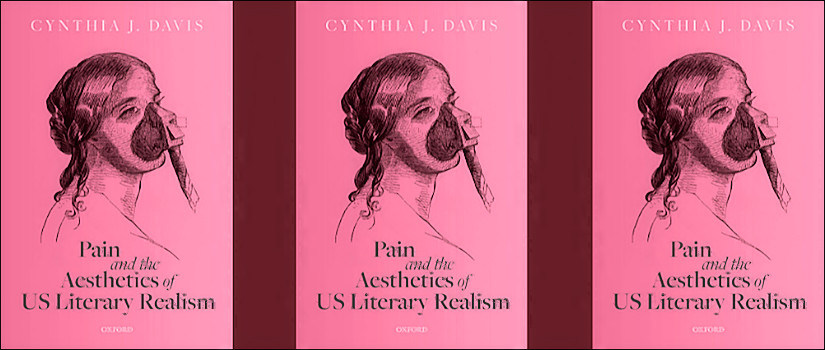How can literature respond to a culture dedicated to avoiding pain?
In the second half of the nineteenth century, privileged Americans developed a culture that denied both the necessity of physical pain and any personal value in exposure to it. “The upper classes,” writes Cynthia Davis in Pain and the Aesthetics of U.S. Literary Realism, “found that they could increasingly afford to distance themselves from suffering”—the same suffering, she points out, that “they claimed to feel more exquisitely than” the lower classes. If aesthetics takes sense experience to be foundational to the experience of art, then we might expect to see a basic conflict between literature and the wider anesthetic culture recovered by Davis. There is conflict, to be sure, but there is also mutual influence and engagement. Davis explores that engagement in chapters on William Dean Howells, Mark Twain, Charles Chesnutt, Edith Wharton, W. E. B. DuBois, and Alice, Henry, and William James. “These realists,” she writes, “embraced the concept of a heightened sensitivity to pain as an inevitable effect of the civilizing process,” and yet they also suggested in various ways “that continued exposure to pain could potentially enhance civilized refinement.”
This is Davis’s third book, following well-received studies of Charlotte Perkins Gilman and the place of medicine in American literature. The accolades have already begun to come in. One eminent scholar calls it “the work of a seasoned literary critic with a long career in American literary study,” and another sees it “elevating its author into the highest realms of American literary production.” Pain and the Aesthetics of U.S. Literary Realism is available now in print from Oxford University Press, with digital access provided by Oxford Scholarship Online.
